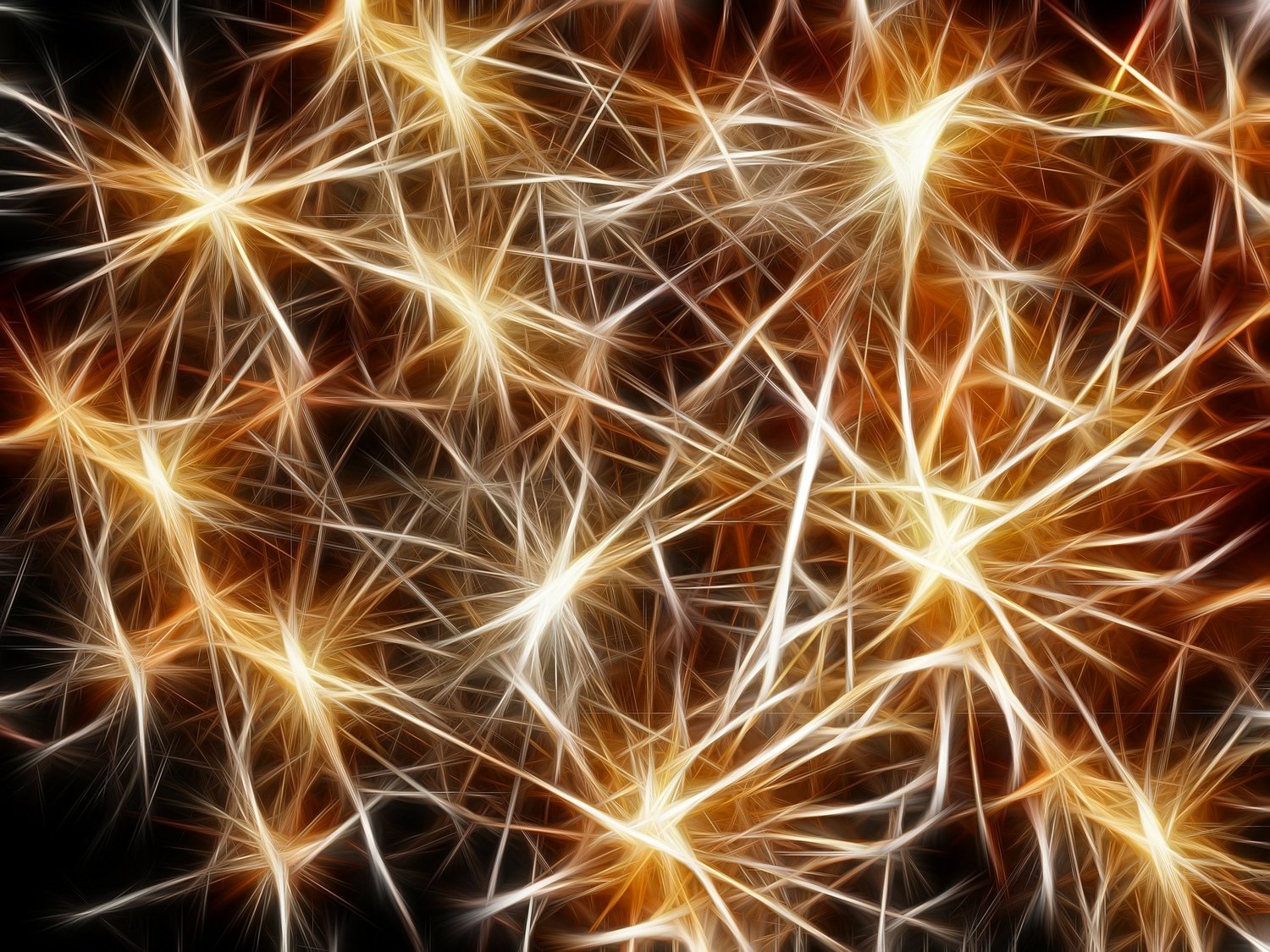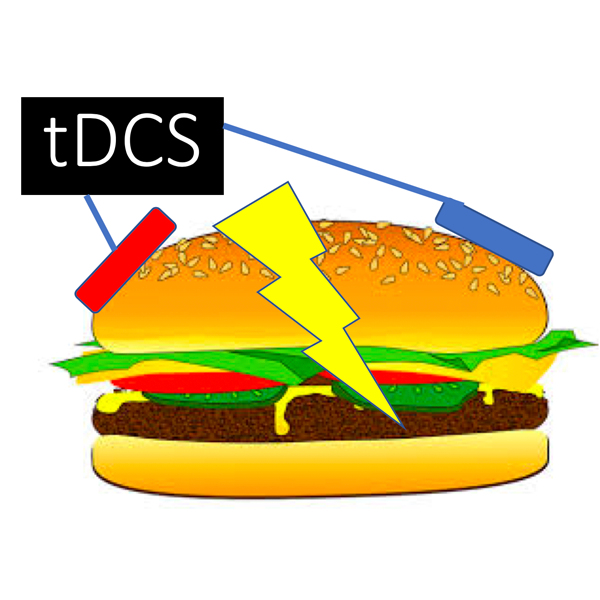TRANSCRANIAL DIRECT CURRENT STIMULATION (TDCS) FOR LEARNING: A QUICK LOOK
Transcranial direct current stimulation (tDCS) is a non-invasive method of brain stimulation using a weak electrical current passed between electrodes on the scalp. It is portable, battery powered and comes in many shapes. It works by applying a positive or negative current through the electrodes to an area of the head, causing the depolarization or hyperpolarization of neurons respectively. While tDCS has shown potential in treating conditions like chronic pain, depression or anxiety, an interesting area that is being explored within the field is the effect of tDCS on our learning capacity.
tDCS is often combined with training (usually referred to cognitive or memory based tasks assigned to people). Since training itself can lead to learning, a combination of tDCS with it can amplify the effects. Recent studies have shown results like enhanced concealed image detection, enhanced skill learning in spatial and verbal working memories, language acquisition and motor skills development with training while tDCS was being used.

A 2016 study published in Frontiers in Human Neuroscience used four daily sessions of flight simulation training and sham or anodal high-definition-tDCS to the front part of the head of participants, more specifically onto the right dorsolateral prefrontal cortex (DLPFC) of the brain which is responsible for complex functions such as but not limited to planning, working memory, inhibition and cognitive flexibility. While the flight simulation was in session with tDCS, the team collected continuous electroencephalography (EEG) and functional near infrared spectroscopy (fNIRS) for assessing participants’ working memory and resting-state. tDCS to the right DLPFC increased midline frontal theta-band power (EEG reading) during working memory and flight tasks implying that tDCS may influence skill acquisition through an increase in learned skill consistency in cognitive and real-world tasks.
RPW Technologies has released a tDCS headset called LIFTiD. This device was designed specifically for improving focus, attention, memory and productivity.

To learn more about LIFTiD. Read our article: “LIFTiD Review: The first in a new generation of consumer tDCS devices”
References:
- Bullard, LM et al. Transcranial direct current stimulation’s effect on novice versus experienced learning. Exp Brain Res. 2011 Aug; 213(1): 9–14. Published online 2011 Jun 26. doi: 10.1007/s00221-011-2764-2
- Neuromodec: What is Transcranial Direct-Current Stimulation (tDCS)? Available at: https://neuromodec.com/what-is-transcranial-direct-current-stimulation-tdcs/
- Choe J, Coffman BA, Bergstedt DT, Ziegler MD, Phillips ME. Transcranial Direct Current Stimulation Modulates Neuronal Activity and Learning in Pilot Training. Front Hum Neurosci. 2016;10:34. Published 2016 Feb 9. doi:10.3389/fnhum.2016.00034
- Editors: Bruce L. Miller & Jeffrey L. Cummings (2007). The Human Frontal Lobes: Functions and Disorders. The Guilford Press. p. 355. ISBN 978-1-59385-329-7.




